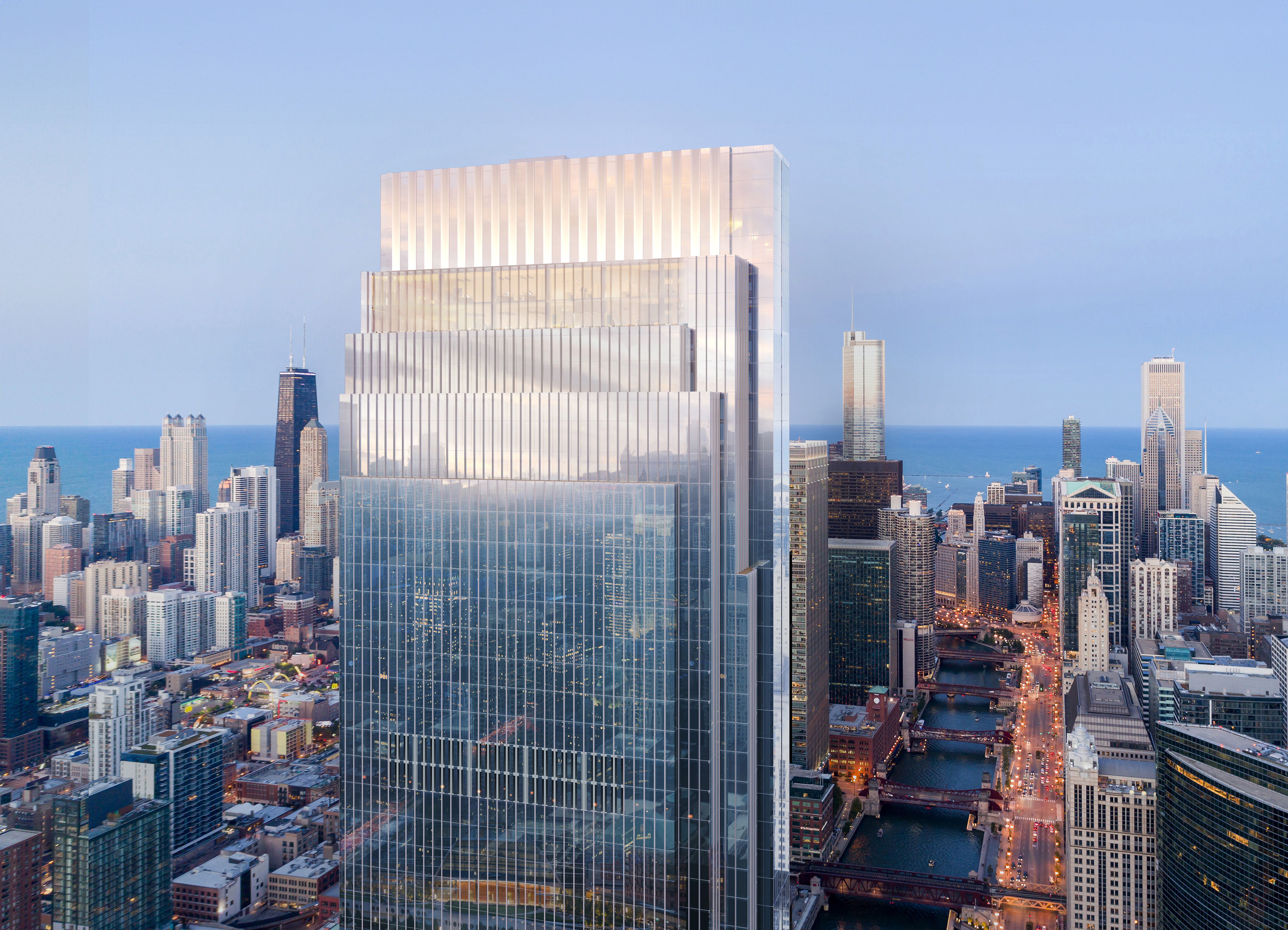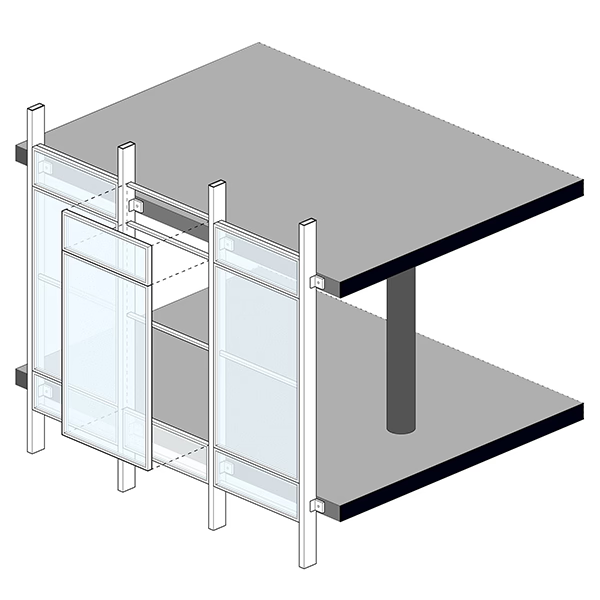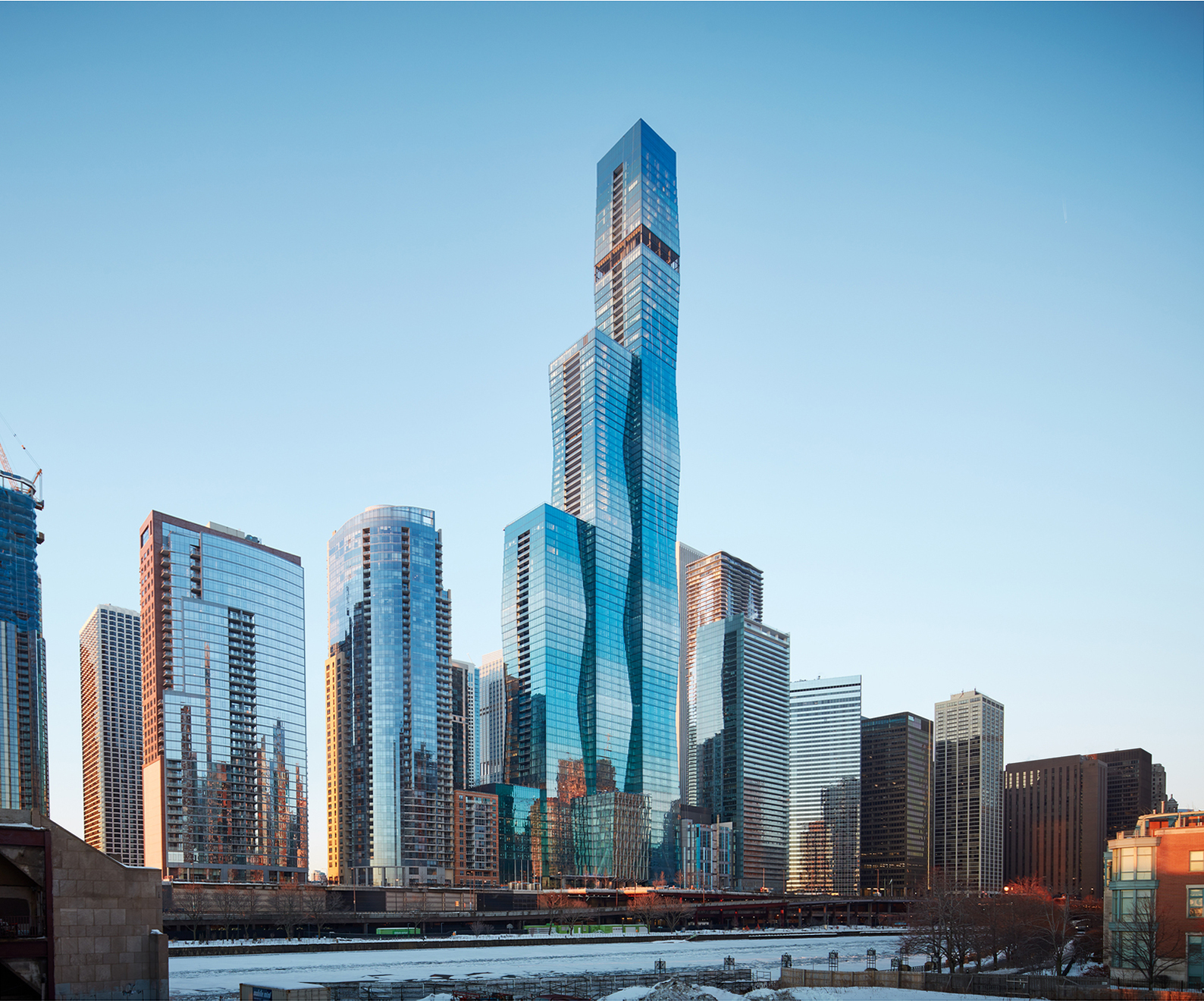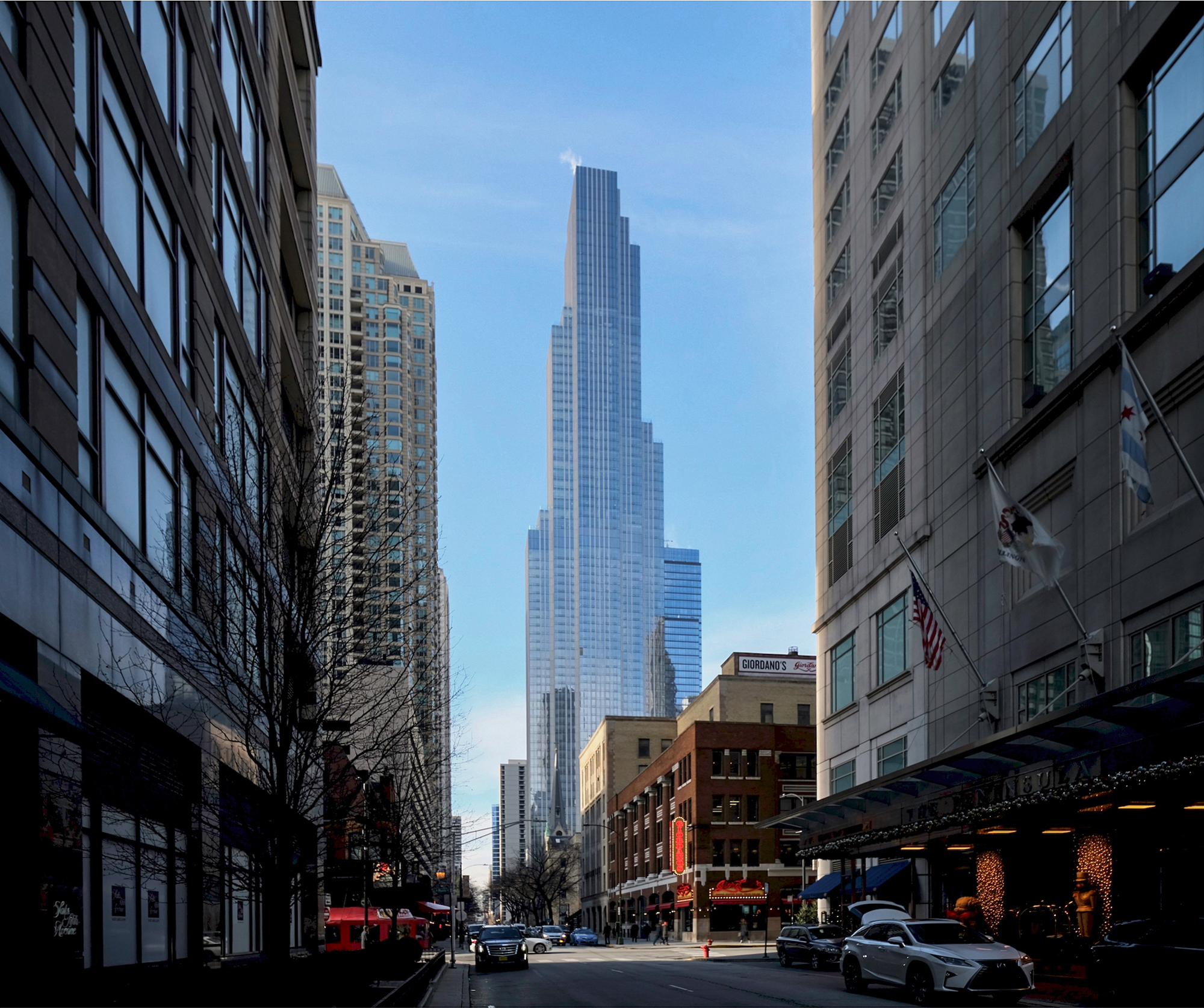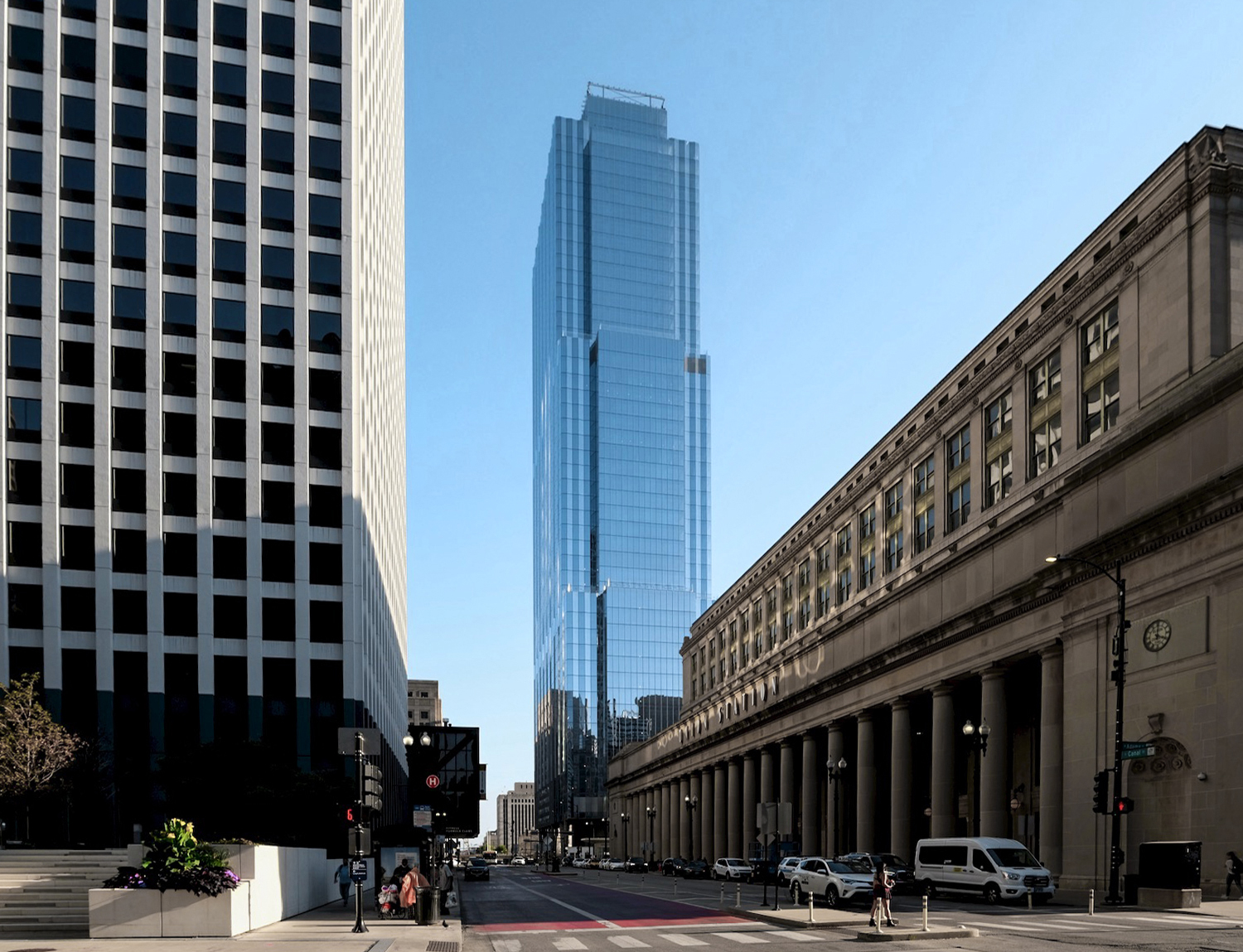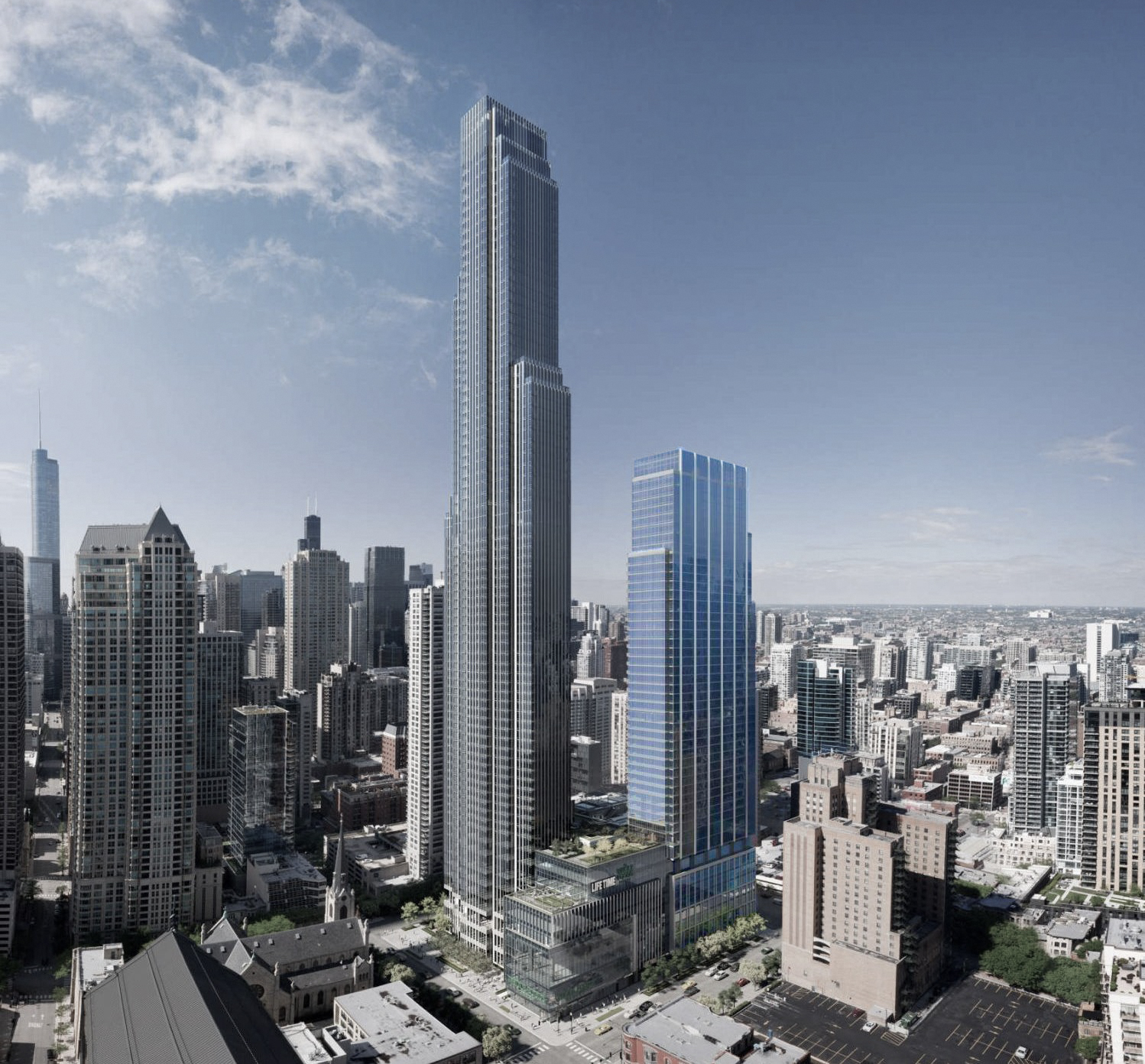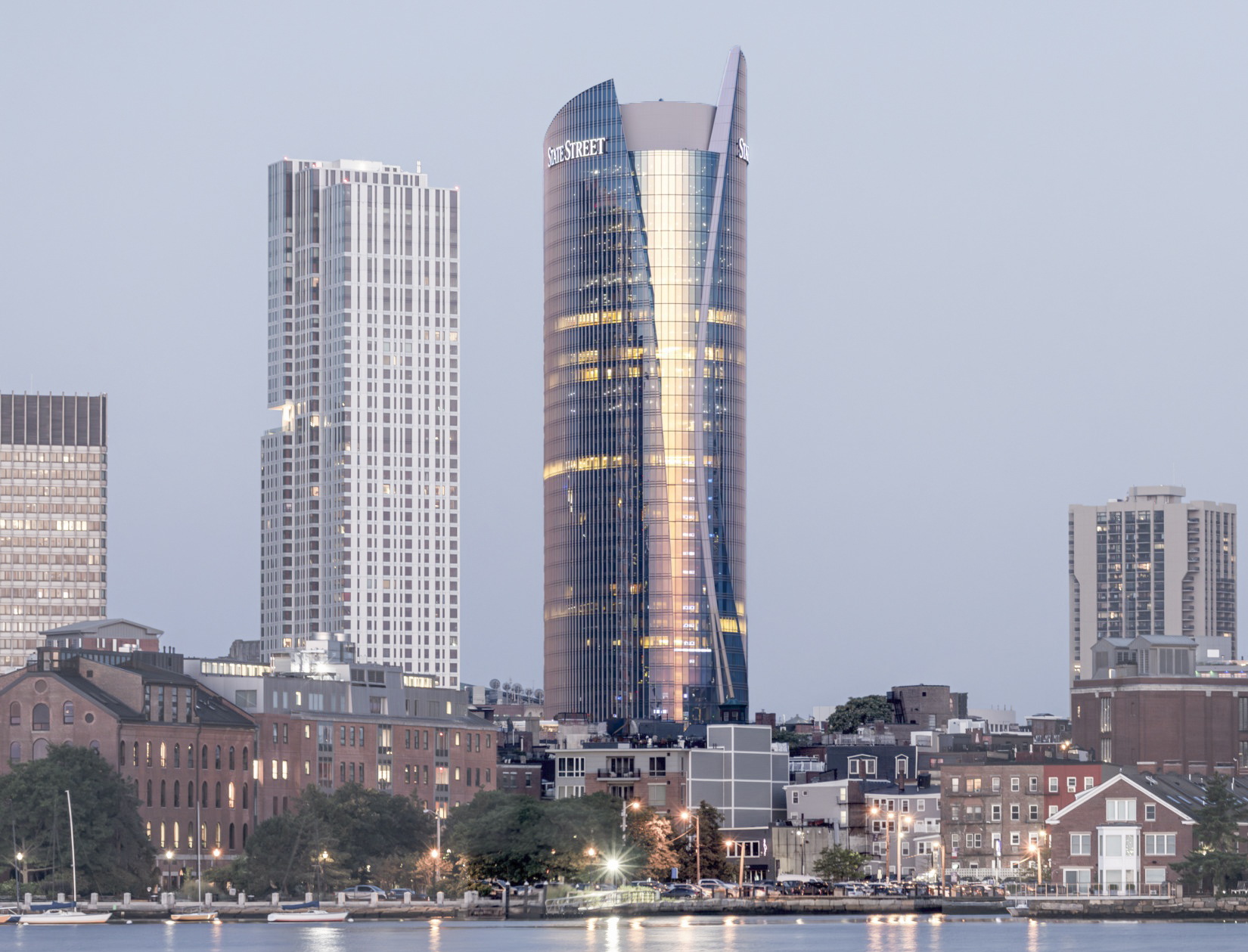The Salesforce Tower is a Contemporary skyscraper designed between 2012 and 2020 by Pelli Clark & Partners, in association with HKS Architects, and built between 2020 and 2023 in Chicago, IL.
Salesforce Tower is not the only name you might know this building by though. It is common for companies to want to attach their names to iconic buildings when they move in, or for the general public to come up with nicknames, and this one is no exception. The Salesforce Tower is also known, or has been known as, Wolf Point South Tower, or Wolf Point Tower B.
Its precise street address is 333 West Wolf Point Plaza, Chicago, IL. You can also find it on the map here.
The Salesforce Tower has received multiple architecture awards for its architectural design since 2023. The following is a list of such prizes and awards:
- Excellence in Concrete Construction Awards in 2023
- Award of Excdellence, Best Tall Building CTBUH in 2024
Salesforce Tower is the final structure to complete the Wolf Point master plan development.
Surrounding the base of the tower, a public park slopes down to the riverside promenade, at the confluence of the three branches of the Chicago River, featuring green spaces, shops, and restaurants.
At the time of its completion in 2023 the Salesforce Tower incorporated solutions that were quite advanced at the time, these included locally sourced materials, such as stone and wood panels from sustainably managed forests. In an effort to reduce the carbon emissions associated with a tower of this scale, 27% less concrete and 9% less steel were utilized during the building process. “It is the first building in Chicago in compliance with the requirements for the Environmental Product Declarations, a comprehensive analysis of the life cycle of the building, offering transparency around sustainability credentials,” says Pelli Clarke & Partners.
